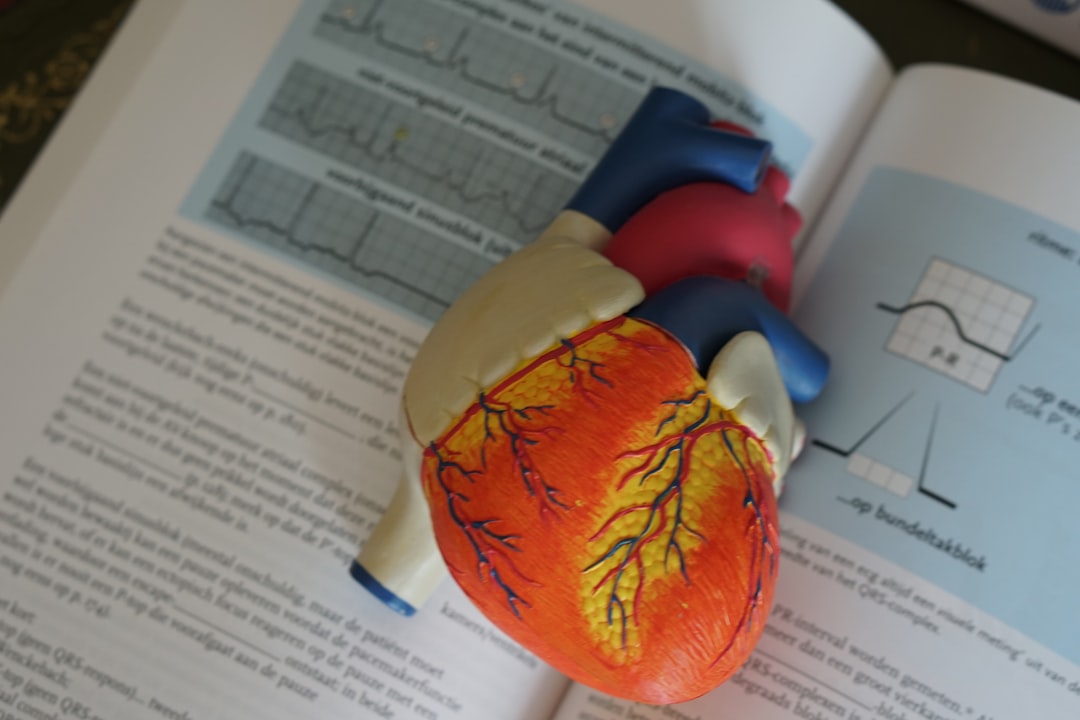What is it about?
The Schroeder’s backward integration method and its applications have been widely studied in the literature; some papers analyze the performance of the method, some others suggest various enhancement techniques. In spite of these findings, there exist several cases where the energy decay curve extracted using the classical backward integration method and the parameters computed from it seem not always representative of the phenomenon under study. Among them, the cases where the early decay is dependent on strong, distinct reflections occurring just after the direct wave, as in most Italian opera houses. Other cases are measured impulse responses with a very low signal-tonoise ratio or missing the direct wave. In the literature, alternatives to the Schroeder’s method have been proposed, ranging from Hilbert transform to non-linear processing techniques. In this work a method for the extraction of the envelope based on pre-processed energy detection for early decay estimation is proposed. It is shown that it returns an envelope well matching the first part of the decay even in non-linear cases, returning detailed information on the first part of the decay. The performance of the proposed method is presented and discussed for some exemplary impulse responses measured in historical opera houses. A preliminary study on the perceptive relevance of the method is finally presented.
Featured Image
Read the Original
This page is a summary of: Extraction of the envelope from impulse responses using pre-processed energy detection for early decay estimation, The Journal of the Acoustical Society of America, October 2015, Acoustical Society of America (ASA),
DOI: 10.1121/1.4931904.
You can read the full text:
Contributors
The following have contributed to this page










